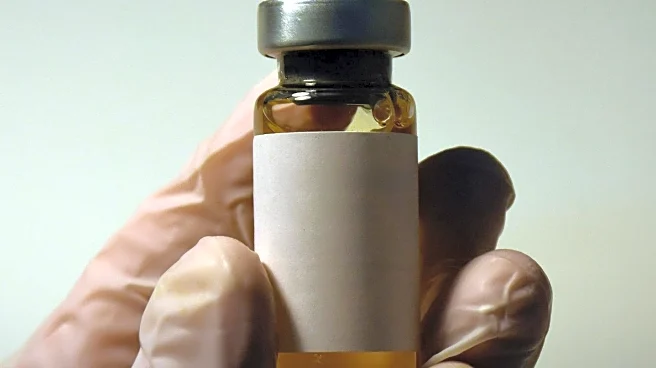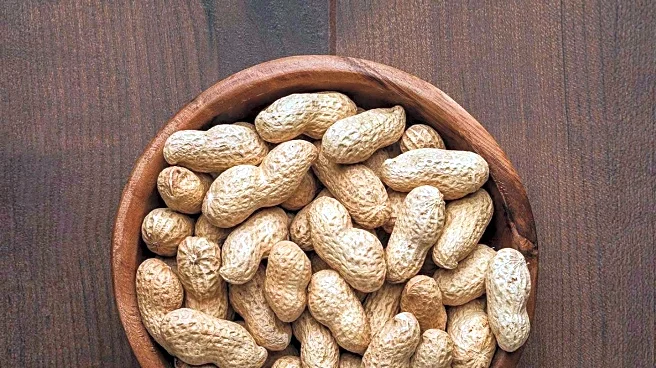What's Happening?
The Centers for Disease Control and Prevention (CDC) has delayed its flu vaccine guidance for the 2025-2026 season, causing uncertainty in public health and the biopharma industry. The Advisory Committee on Immunization Practices (ACIP) finalized the guidance in late
August, recommending influenza vaccination for everyone six months and older, consistent with previous years. However, the delay and mixed signals around vaccine components have led to reduced public confidence. This situation poses a demand shock for the pharmaceutical industry, potentially shifting consumer focus from prevention to treatment and symptom management. The CDC's guidance, traditionally released in late spring or early summer, serves as a commercial anchor for the industry, influencing consumer expectations and supply chain planning. This year, the guidance was finalized with a new recommendation for trivalent, preservative-free vaccines, amidst political debate and misinformation, leaving many consumers skeptical.
Why It's Important?
The delayed guidance and resulting uncertainty have significant implications for the biopharma industry. Companies that have built their seasonal strategies around stable vaccine recommendations now face a chaotic demand curve. As public trust in prevention erodes, demand may shift towards therapeutics and over-the-counter (OTC) drugs. This situation tests the industry's structural agility and ability to respond to changing consumer behavior. Major firms have scaled back or exited the OTC space, focusing on high-margin growth in vaccines and biologics. However, this flu season highlights the need for diversified portfolios and flexible planning. Companies that can adapt to the shifting demand may gain a competitive edge, while those reliant on prevention models may face challenges.
What's Next?
Biopharma companies may need to revisit their investment strategies, considering the potential shift in consumer behavior towards treatment and symptom management. Firms with integrated OTC businesses, like Bayer, may be better positioned to respond to the changing landscape. The industry must evolve its scenario planning to account for behavioral volatility and incorporate new assumptions into early-stage pipeline development. This flu season serves as a test of structural, commercial, and operational agility, prompting companies to build resilience through diversified portfolios and faster planning cycles.
Beyond the Headlines
The disruption in vaccine guidance exposes the industry's dependence on stable prevention behavior and highlights the need for structural agility. Companies must engage consumers across the full spectrum of care, from prevention to treatment, to maintain competitive advantage. This flu season is not just a public health pivot but a test of how well capital markets have priced structural agility into their long-term bets.













